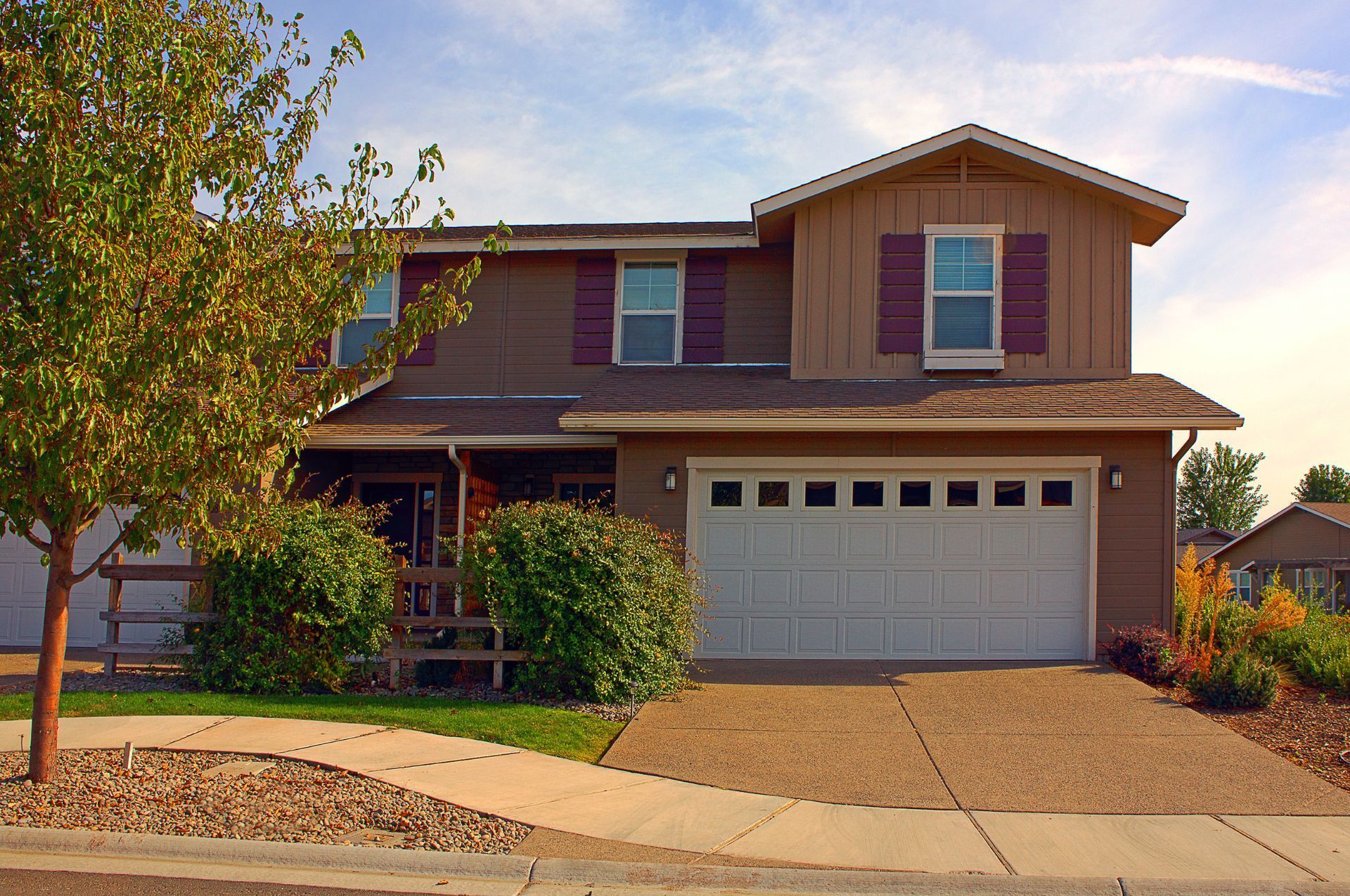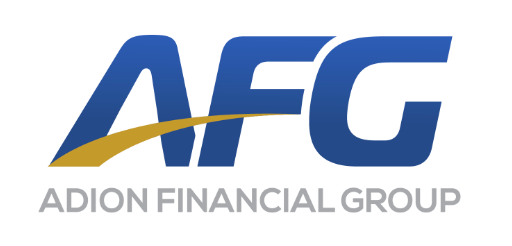
Top 3 Recommended Policies
Home insurance is an essential aspect of homeownership, providing financial protection against various risks. For residents of Tolland, Connecticut, understanding the nuances of home insurance can be crucial in safeguarding their investment. This article will delve into the key components of home insurance, the specific considerations for Tolland residents, and tips for finding the right policy.
Understanding Home Insurance Basics
Home insurance, also known as homeowners insurance, is a policy that covers losses and damages to an individual's home and assets within it. It also provides liability coverage against accidents that may occur on the property. Understanding the basic components of home insurance is vital for homeowners, as it not only protects their financial investment but also offers peace of mind in the event of unforeseen circumstances. With the right policy, homeowners can feel secure knowing that they have a safety net in place to help them recover from various types of damage or loss.
Types of Coverage
Home insurance typically includes several types of coverage, each serving a different purpose. The most common types include:
- Dwelling Coverage: This covers the physical structure of the home, including walls, roof, and built-in appliances. It is essential to accurately assess the replacement cost of your home to ensure you have adequate coverage in case of a total loss.
- Personal Property Coverage: This protects personal belongings within the home, such as furniture, electronics, and clothing. Homeowners should take inventory of their possessions and consider additional coverage for high-value items like jewelry or art, which may exceed standard policy limits.
- Liability Coverage: This provides protection against legal claims for injuries or damages that occur on your property. It can cover legal fees and settlements, making it a crucial component for homeowners who frequently host guests or have children playing in the yard.
- Additional Living Expenses: If your home becomes uninhabitable due to a covered event, this coverage helps pay for temporary housing and living expenses. This can alleviate financial strain during a stressful time, allowing homeowners to focus on rebuilding rather than worrying about where to stay.
Common Exclusions
While home insurance offers extensive coverage, certain exclusions may apply. Common exclusions include:
- Flood damage, which typically requires separate flood insurance. Homeowners in flood-prone areas should consider this additional policy to protect against potential losses.
- Earthquake damage, often needing additional coverage. In regions where seismic activity is common, specialized earthquake insurance can be a wise investment.
- Maintenance-related issues, such as mold or pest infestations. Regular home maintenance is essential to prevent these problems, as insurance policies usually do not cover damages resulting from neglect.
Moreover, it is important for homeowners to regularly review their insurance policies to ensure they reflect any changes in their property or personal circumstances. For instance, renovations that increase the value of the home or significant purchases of personal property should be reported to the insurance provider to adjust coverage limits accordingly. Additionally, understanding the claims process can empower homeowners to act swiftly and effectively in the event of a loss, ensuring they receive the compensation they deserve without unnecessary delays.
Lastly, many insurance companies offer discounts for various reasons, such as bundling policies or having security systems in place. Homeowners should inquire about potential savings opportunities when shopping for insurance, as these discounts can significantly reduce overall costs while maintaining comprehensive coverage. By taking the time to understand their home insurance policy and actively managing it, homeowners can safeguard their investments and enhance their overall financial stability.

The Importance of Home Insurance in Tolland
Tolland, a charming town in Connecticut, has its unique characteristics that can influence home insurance needs. Understanding local risks and regulations is essential for homeowners in this area.
Natural Disasters and Risks
Tolland experiences a range of weather conditions, including heavy snowfall and occasional flooding. These natural elements can pose risks to homes, making adequate insurance coverage even more crucial. Homeowners should consider the following:
- Assessing the risk of flooding, especially in areas near water bodies.
- Preparing for winter storms that can cause significant damage to roofs and trees.
- Understanding the potential for wind damage during severe weather events.
In addition to these considerations, homeowners should also be aware of the impact of seasonal changes on their properties. For instance, the spring thaw can lead to rapid snowmelt, increasing the risk of basement flooding in homes that are not properly equipped with sump pumps or drainage systems. Furthermore, Tolland's picturesque landscape, while beautiful, can also be a source of risk; falling branches from mature trees during storms can lead to costly repairs. Regular maintenance and inspections can help mitigate these risks, ensuring that homes remain safe and secure throughout the year.
Local Regulations and Requirements
Connecticut law does not mandate homeowners insurance, but most mortgage lenders require it. Additionally, Tolland may have specific regulations regarding home insurance that homeowners should be aware of. It's advisable to consult local resources or insurance agents for guidance on any unique requirements.
Moreover, homeowners should familiarize themselves with the types of coverage available in the market. Policies can vary significantly, with options such as replacement cost coverage, which ensures that homeowners can rebuild their homes to their original state without depreciation deductions. Understanding the nuances of these policies is vital, as it can make a substantial difference in the event of a claim. Local insurance agents often provide valuable insights into which coverage options best suit the specific needs of Tolland residents, taking into account the town's unique environmental and regulatory landscape.
Choosing the Right Home Insurance Policy
Selecting the right home insurance policy can be a daunting task, given the numerous options available. However, a few key considerations can simplify the process.
Assessing Your Coverage Needs
Before shopping for a policy, homeowners should assess their coverage needs. This includes evaluating the value of the home, personal belongings, and potential liabilities. A comprehensive inventory of possessions can help determine the appropriate level of personal property coverage. Additionally, it’s wise to consider any unique features of your home, such as a swimming pool or a detached garage, as these may require additional coverage or endorsements to protect against specific risks.
Comparing Insurance Providers
Not all insurance providers are created equal. Homeowners should take the time to compare different companies and their offerings. Factors to consider include:
- Financial Stability: Research the financial health of the insurance provider to ensure they can meet claims.
- Customer Service: Look for reviews and ratings regarding customer service and claims processing.
- Policy Options: Check for customizable options that fit specific needs.
In addition to these factors, potential policyholders should also inquire about discounts that may be available. Many insurers offer reductions for bundling home and auto insurance, installing security systems, or maintaining a claims-free history. Understanding these opportunities can lead to significant savings on premiums.Home insurance is an essential aspect of homeownership, providing financial protection against various risks. For residents of Tolland, Connecticut, understanding the nuances of home insurance can be crucial in safeguarding their investment. This article will delve into the key components of home insurance, the specific considerations for Tolland residents, and tips for finding the right policy.
Understanding Policy Terms
Insurance policies can be filled with jargon that may confuse homeowners. It's essential to read the policy terms carefully and understand key aspects such as deductibles, coverage limits, and exclusions. Don't hesitate to ask questions or seek clarification from the insurance agent. Furthermore, homeowners should pay attention to the difference between replacement cost and actual cash value coverage. Replacement cost policies will cover the full cost of replacing damaged items without depreciation, while actual cash value policies account for depreciation, which could leave homeowners underinsured in the event of a loss.
Moreover, it’s beneficial to review the policy on a regular basis, especially after significant life changes such as renovations, acquiring new valuables, or changes in household size. Keeping the policy updated ensures that coverage remains adequate and reflects the current value of the home and possessions. Regular policy reviews can also reveal any new endorsements or coverage options that may enhance protection against evolving risks.
Cost Factors in Home Insurance
The cost of home insurance can vary significantly based on several factors. Understanding these can help homeowners budget effectively and find the best rates.
Location and Risk Assessment
The location of a home plays a crucial role in determining insurance premiums. Homes in areas prone to natural disasters or high crime rates may incur higher costs. Tolland's specific geographical features may influence rates, so homeowners should consider local risk factors when assessing potential costs. For instance, properties located near flood zones or coastal areas may require additional flood insurance, which can further elevate overall expenses. Furthermore, proximity to fire stations or police departments can also impact rates; homes situated closer to these services often benefit from lower premiums due to the reduced response time in emergencies.
Home Characteristics
Insurance providers often evaluate the characteristics of the home itself, including:
- Age: Older homes may require more coverage due to outdated materials or systems.
- Construction Type: Homes built with fire-resistant materials may qualify for lower premiums.
- Security Features: Homes equipped with security systems or smoke detectors may receive discounts.
Additionally, the size and layout of the home can influence insurance costs. Larger homes typically have higher replacement costs, which can lead to increased premiums. Unique architectural features, such as intricate roofing or custom-built elements, may also require specialized coverage. Homeowners should consider conducting a thorough inventory of their property, including valuable personal items, as this can help ensure adequate coverage and potentially lower costs when bundling policies.
Claims History
A homeowner's claims history can significantly impact insurance premiums. Those with a history of frequent claims may face higher rates. It's essential to maintain the home and address potential issues before they lead to claims. Moreover, insurers often look at the types of claims made; for example, claims related to weather damage may be viewed differently than those related to theft or vandalism. Homeowners can take proactive steps, such as regular maintenance and repairs, to mitigate risks and demonstrate responsible ownership, which can be beneficial when negotiating premiums with insurance providers.

Discounts and Savings Opportunities
Many insurance providers offer discounts that can help homeowners save on their premiums. Being aware of these opportunities can lead to significant savings. Understanding the various types of discounts available can empower homeowners to make informed decisions and optimize their insurance costs.
Bundling Policies
One of the most common ways to save on home insurance is by bundling policies. Many insurers provide discounts for customers who also purchase auto or life insurance. This can lead to substantial savings on overall premiums. By consolidating multiple policies with a single insurer, homeowners not only benefit from lower rates but also simplify their insurance management, making it easier to keep track of payments and coverage details.
Claims-Free Discounts
Homeowners who maintain a claims-free record may qualify for discounts. Insurers often reward those who take proactive measures to prevent damage and maintain their property. This can include regular maintenance checks, timely repairs, and even participating in community safety programs. By demonstrating a commitment to safeguarding their home, homeowners can not only enjoy lower premiums but also contribute to a safer neighborhood.
Safety and Security Discounts
Installing safety features such as security systems, smoke detectors, and fire alarms can also lead to discounts. Homeowners should inquire about specific safety measures that may qualify for reduced rates. Additionally, some insurers offer incentives for advanced technology installations, such as smart home devices that monitor for leaks or intrusions. These modern systems not only enhance safety but also provide peace of mind, knowing that their home is better protected against unforeseen events.
Home Renovation Discounts
Another avenue for savings comes from home renovations. Upgrading key areas of the home, such as the roof, plumbing, or electrical systems, can not only improve the property’s value but also lead to lower insurance premiums. Insurers often view updated systems as a reduced risk for claims, thus offering discounts to homeowners who invest in renovations. Homeowners should keep documentation of these improvements, as they can serve as proof when negotiating with their insurance provider.
Loyalty Discounts
Many insurance companies reward long-term customers with loyalty discounts. Staying with the same insurer for several years can lead to significant savings, as companies often appreciate the stability of a loyal customer base. Homeowners should regularly review their insurance policies and communicate with their providers about potential loyalty benefits, ensuring they are taking full advantage of the rewards available to them for their continued patronage.
Filing a Home Insurance Claim
Documenting the Damage
Contacting Your Insurance Provider
Understanding the Claims Process
Conclusion
Home insurance is a vital component of homeownership in Tolland, CT. By understanding the basics of home insurance, assessing individual needs, and comparing policies, homeowners can secure the right coverage for their property. Additionally, being aware of local risks, cost factors, and potential discounts can lead to significant savings and peace of mind.
Ultimately, investing time in understanding home insurance can protect one of the most significant investments in a person’s life – their home. Whether a new homeowner or someone looking to reassess existing coverage, staying informed is the key to making the best decisions regarding home insurance.
Contact Us
Phone
Locations
Connecticut Location
703 Hebron Ave., 3rd Floor, Glastonbury, CT 06033
North Carolina Location
436 East 36th St., Charlotte, NC 28205


